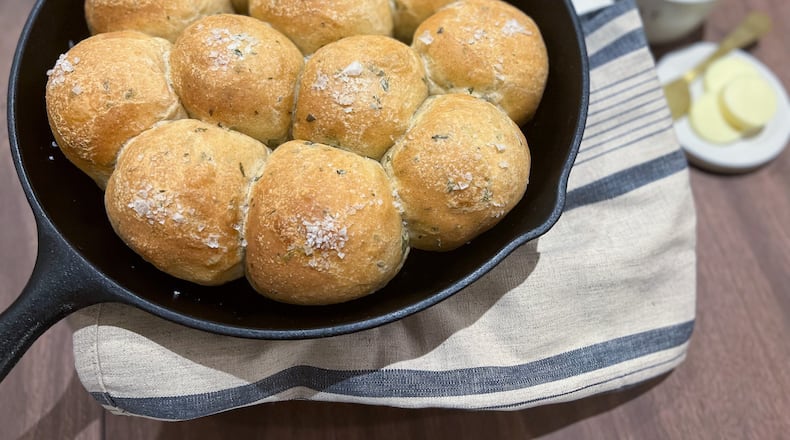For many of us, baking with whole-wheat flour can be intimidating. Whether your trepidation about using whole grain has its root in the dense whole-wheat loaves of the back-to-the-land 1970s, or years of marshmallowy whole-wheat pretenders that come from your average supermarket bread aisle, I get it.
Decades of bad whole-grain baking has rendered a complex ingredient with a storied history into a boring, bland blah-fest. Why does whole-wheat flour get this undeserved reputation?
Let’s start with the basics: Whole-wheat flour — like all wheat-based flour — comes from a wheat berry (the seed of a wheat plant) and is the product of grinding the wheat seed into a flour instead of sifting it. For a fun test, take a handful of whole-wheat flour and sift it. You’ll find the sifted stuff to be significantly lighter in color. This is essentially how the bag of all-purpose flour in your pantry comes into existence.
Because whole-wheat flour contains more bran (the outer layers of the seed) than white flour, your job as a newbie whole-wheat baker is to increase the amount of water in your dough to make it light. Why? Bran absorbs more water. Generally speaking, whole-wheat loaves turn out unusually heavy and dense when there is not enough water in the dough. The solution: Add more water.
Let’s practice with an easily customizable, very delicious, and seasonally appropriate bread. Integrale herb rolls, a remix of the aromatic, naturally sweet, pane integrale alle erbe, can be made with whatever fresh or dried herbs you have on hand, and while this recipe utilizes a blend of whole-wheat and white flour, you can increase the whole-wheat ratio as you become comfortable with whole-grain baking.
Credit: Nicole Lewis
Credit: Nicole Lewis
Chris Wilkins has been a professional baker for 12 years. He is a two-time James Beard Award nominee and the founder and co-owner of Root Baking Co. and Pizza Jeans. Submit your baking questions to bakebetterajc@gmail.com.
Sign up for the AJC Food and Dining Newsletter
Read more stories like this by liking Atlanta Restaurant Scene on Facebook, following @ATLDiningNews on Twitter and @ajcdining on Instagram.
About the Author
The Latest
Featured

